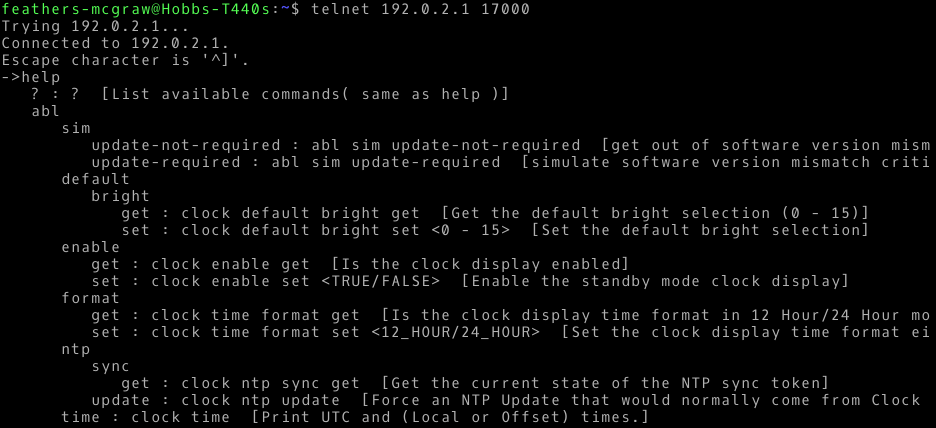MX Backup - Postfix Email Server
By far the most popular set of articles I have written is my Raspberry Pi Email Server tutorial. Clearly, there are plenty of people who don't like relying on freemail providers like Yahoo, Outlook and Gmail for a variety of privacy and security reasons. However, there is one major drawback of hosting your own email server: if your server is taken offline for maintenance, or your internet connection is interrupted, then incoming email can not be delivered and may bounce. This tutorial will describe how to set up another server to act as an MX backup. The backup server will be hosted on a separate internet connection with a different WAN IP address, and have a lower priority than your primary mail server in your Mail Exchanger (MX) DNS record. When your primary server is offline other MTAs will send email to the backup instead, and the backup will hold them until your primary mail server comes back online, and then deliver them. No more bounced emails. The biggest challenge when setting up a backup MX is convincing a friend or family member to allow you to run a RasPi or some other server on their network; the rest of the setup is a breeze compared to the full mail server installation described in the main tutorial, because fewer components are required (just Postfix). This guide is written for Debian and its derivatives (Raspbian, Ubuntu etc.) but since a basic postfix installation is more or less the same across different distributions you should be able to use it for any distro. My backup server runs openSUSE.
 I recently received a Bose SoundTouch 10 speaker as a gift. The speaker itself is great, but I've found some of the features of the Android app don't work very well. Specifically, it seems to have trouble detecting the speaker and connecting to a new wifi network, endlessly looping instead. I was convinced that there must be a way to connect to the device using Linux, and doing a little research online led me to
I recently received a Bose SoundTouch 10 speaker as a gift. The speaker itself is great, but I've found some of the features of the Android app don't work very well. Specifically, it seems to have trouble detecting the speaker and connecting to a new wifi network, endlessly looping instead. I was convinced that there must be a way to connect to the device using Linux, and doing a little research online led me to